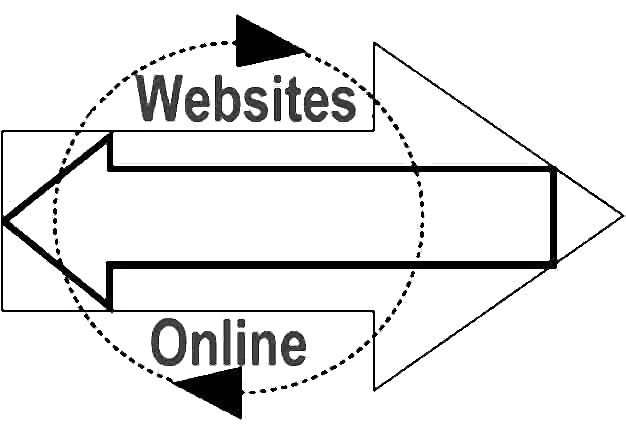

25 Years Successfully Designing, Hosting and Promoting Websites
|
25 Years Successfully Designing, Hosting and Promoting Websites
|
|
Websites Online is honored to be a And winner of the
|
How to implement TrueSpeech Step 1: Create a WAV file. If you already have a wav file that you wish to use, skip to step 2. Create PCM-encoded WAV files at an 8KHz sampling rate with 16-bit resolution, mono. Any multimedia board which is SoundBlaster(tm) 16 compatible will support this format. To achieve the best quality, record with these settings. If your audio equipment does not support this format, use a conversion utilities such as Cool Edit or SoundForge for converting to the necessary format.
Step 2: Convert to TrueSpeech. To convert PCM-encoded WAV files to TrueSpeech WAV files, use the Microsoft Sound System in Windows 95 or NT. In Sound Recorder: 1. Select Open from the File menu. Select the desired WAV file, and click OK. The new file is encoded in the TrueSpeech format with a compression rate of 15x. For those who are using Windows 3.11 or a Macintosh, a TrueSpeech conversion utility may be downloaded from this site. This conversion utility will accept PCM-encoded WAV files only if sampled at 8KHz/16-bit PCM format.
Step 3: Create a Text File. Use a standard text editor such as Notepad and give this file a TSP extension. This is done so the browser launches the TrueSpeech Player when a TrueSpeech-encoded WAV file is about to be transmitted. The TSP file associated with a TrueSpeech-encoded WAV file should contain the following (case-sensitive) HTML line: TSIP>>URL/*.wav The URL above should not include the "http://" characters. For example, www.dspg.com would be appropriate and http://www.dspg.com would not. Let's suppose you create a PCM-encoded WAV file and convert it to TrueSpeech. Give this file the name test.wav. Next, suppose that this file is located at your server in the directory www.home.com/audio. It is now necessary to create a one line .tsp text file. This file should contain the following line: TSIP>>www.home.com/audio/test.wav You can simply name this file test.tsp
Step 4: Link. Link the *.tsp text file to any image or text you specify on your page. When a visitor clicks on this link, the TrueSpeech Player starts. Upon spawning the player, the TrueSpeech Player reads the location of the TrueSpeech *.wav file from the *.tsp file. The Player then accesses and plays the file as it is being downloaded, in real time. To Listen to TrueSpeech files you can download the player from the TrueSpeech home page.
Search this site by typing in your search term then click the search button. 
Custom Search
|
Please contact the
Webmaster with comments about this site.
|